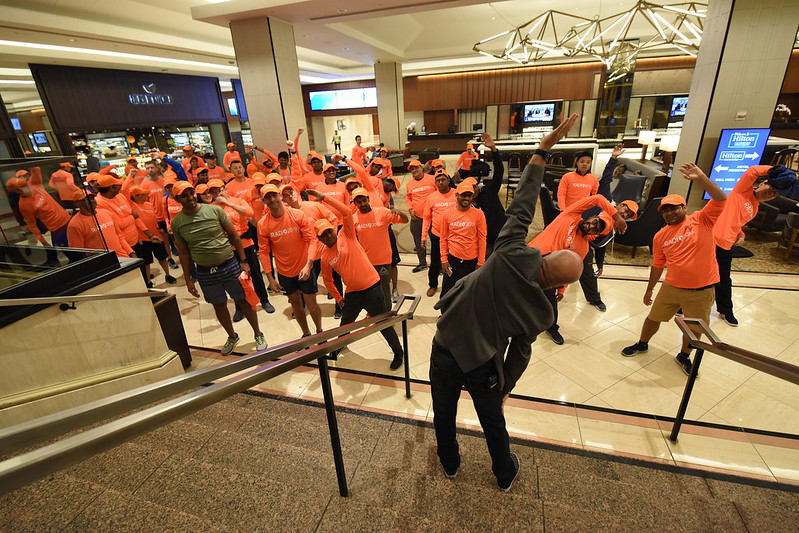A question just came in, and I figured other people may have the same question so I would share it. The question was if a vSAN IO limit would impact resync traffic or for instance SvMotion? In this case the customer defines limits within each policy to ensure VMs do not interfere with other VMs or excessively uses IO resources. Especially in cloud environments this can be useful, or when running production and test/dev on the same cluster. The concern, of course, was if this limit would impact for instance recovery times after a failure. Because you can imagine that a limit of 50 IOPS would be devastating when a VM (or multiple VMs) need to have objects resynced.
The answer is simple: no, the IO limit specified within a policy does not impact resync traffic (or SvMotion for that matter). It only applies to Guest IO to a VMDK, namespace or swap object. Which means that it is safe to set limits when it comes to recovery times.
 I haven’t done one of these in a while, and as it is a question that comes up regularly during customer conversations I figured I would share a nice quote from the VMware earnings call. But before I do I want to thank every VMware employee, partner and customer who helped us reaching this major milestone. Sometimes customers ask how invested VMware is in storage, well very invested. Determined to remain the number 1 player in the hyperconverged and hybrid cloud world, and the below numbers show why!
I haven’t done one of these in a while, and as it is a question that comes up regularly during customer conversations I figured I would share a nice quote from the VMware earnings call. But before I do I want to thank every VMware employee, partner and customer who helped us reaching this major milestone. Sometimes customers ask how invested VMware is in storage, well very invested. Determined to remain the number 1 player in the hyperconverged and hybrid cloud world, and the below numbers show why!







